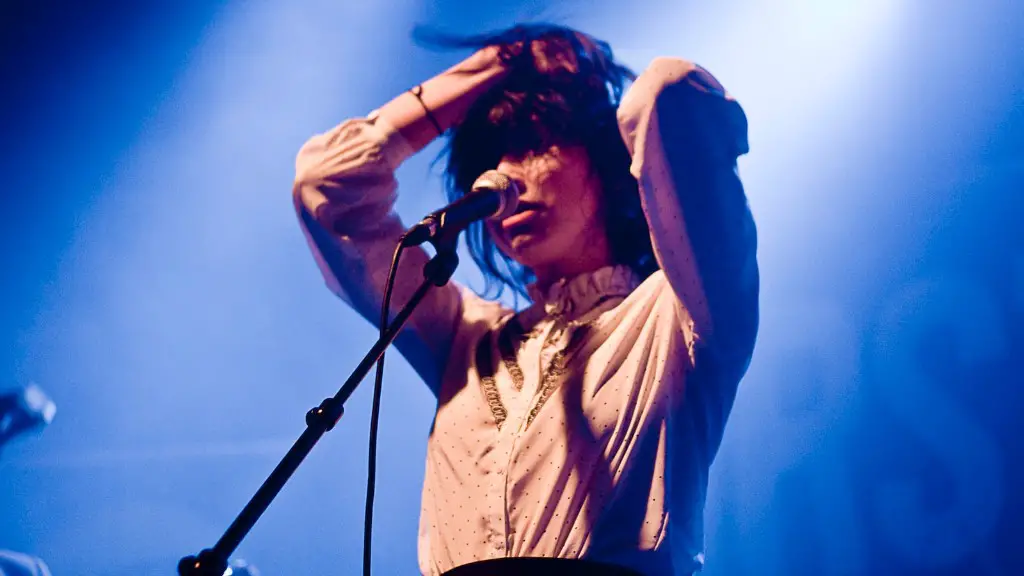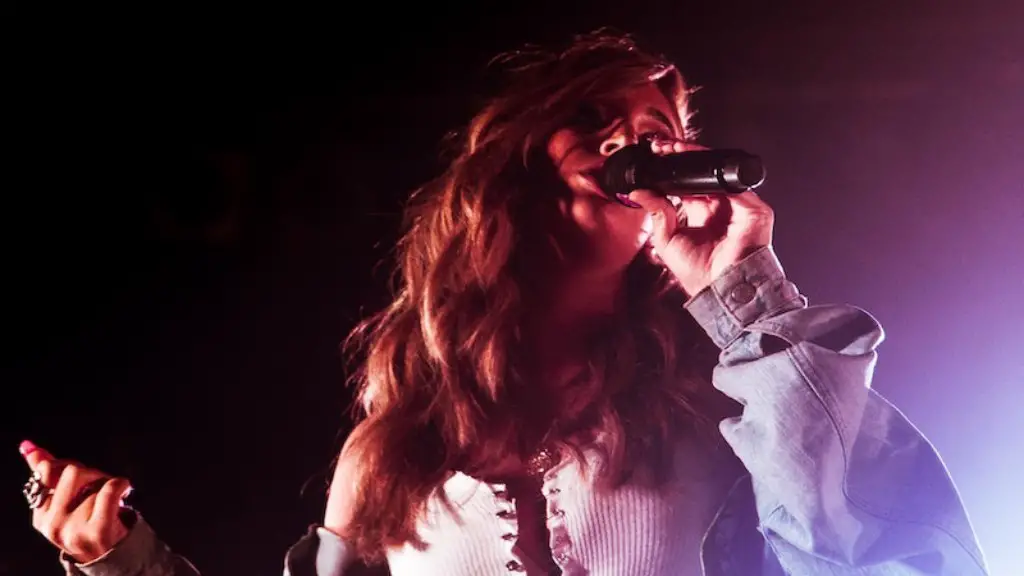How To Draw a Fighter Jet
Have you ever looked up at the sky and thought about flying? Have you ever imagined yourself behind the controls of a sophisticated flying machine, soaring high above the clouds and reaching speeds no one else could fathom? Well, today, you can turn that dream into a reality by learning how to draw a fighter jet.
Drawing a fighter jet may seem intimidating when you first begin, but don’t be afraid! With a few simple methods, you can have a breathtaking fighter jet take flight on the page before you. Here are a few tips to get you off the ground:
Start by sketching the fuselage. It’s the center part of the fighter jet and gives it its sleek shape. When sketching it out on paper, aim to draw four to five oval shapes that connect with each other. Make sure you draw them in the center, and that their size increases as you reach the back.
Next, draw two circles on either sides of the fuselage. These will be the engine intakes. The larger the circle, the more powerful the engine.
Now, you’ll want to draw the wings. Fighter jets typically have wings that angle down from the fuselage, so draw two short lines that come out from the top and angle down. Then, draw two more lines that come out from the bottom and are slightly shorter. This will give your fighter jet its distinctive X-shape.
Finally, add the tail. This part is important, as it helps stabilize the plane in the air. Start by drawing a single line extending from the back of the fuselage, then angle it downwards. You can also draw the rudder at the back of the tail.
The Detailing
Now that you have the basic shape of the fighter jet, it’s time to add the details. Start by drawing the landing gear, located underneath the fuselage. It typically consists of two main wheels and two smaller nose wheels.
Then, draw the cockpit. This is where the pilot sits and controls the jet. A typical cockpit will have two windows, located on the front of the fuselage. Draw two circles for the windows and a curved line connecting the two. This will give the fighter jet some personality.
Finally, you’ll want to add some details that will make the fighter jet look more realistic. This includes adding the flaps and panels, which are typically located on the wings and tail. You can also draw the guns and missiles located underneath the fuselage.
The Finishing Touches
Now that the fighter jet is drawn, it’s time to give it some color and detail. You can start by coloring the fuselage using different shades of grey. Darker shades can be used to accentuate certain areas and make the fighter jet pop.
Then, you can add paint job to make the fighter jet look even more realistic. You can use stripes, patches, and even logos to give the jet some character.
Finally, add the clouds and the environment to bring your drawing to life. You can draw a few wispy clouds in the background, or mountains and trees in the landscape.
The Lighting
The lighting for your fighter jet drawing can make all the difference. Start by adding some highlights to the wings and fuselage, as these are parts that will reflect a lot of light. A light source should typically come from the upper left corner, to give the jet an extra sense of depth.
The engines can also be lit up to give them an extra shimmer. Just use lighter shades of grey near the intakes and draw very thin lines radiating out of them.
Finally, you can add a few light streaks coming out of the jet to give it a sense of motion. A few thin lines can convey a feeling of speed and power.
Tips and Tricks
Now that you know how to draw a fighter jet, here are a few tips and tricks to help you get even better.
The first tip is to practice. Draw as many planes as possible and keep trying different shapes and details. You will be surprised at how quickly your drawings improve.
Another tip is to take a look at real fighter jets. Search the web for some images and use them as reference when you draw. This way, you can look at what professional planes look like and compare them to your own drawings.
Finally, you can use tracing paper when drawing fighter jets. This will allow you to copy the image onto your paper without having to draw it from scratch. Plus, you can use different colors or techniques to add some extra flair to your drawing.



